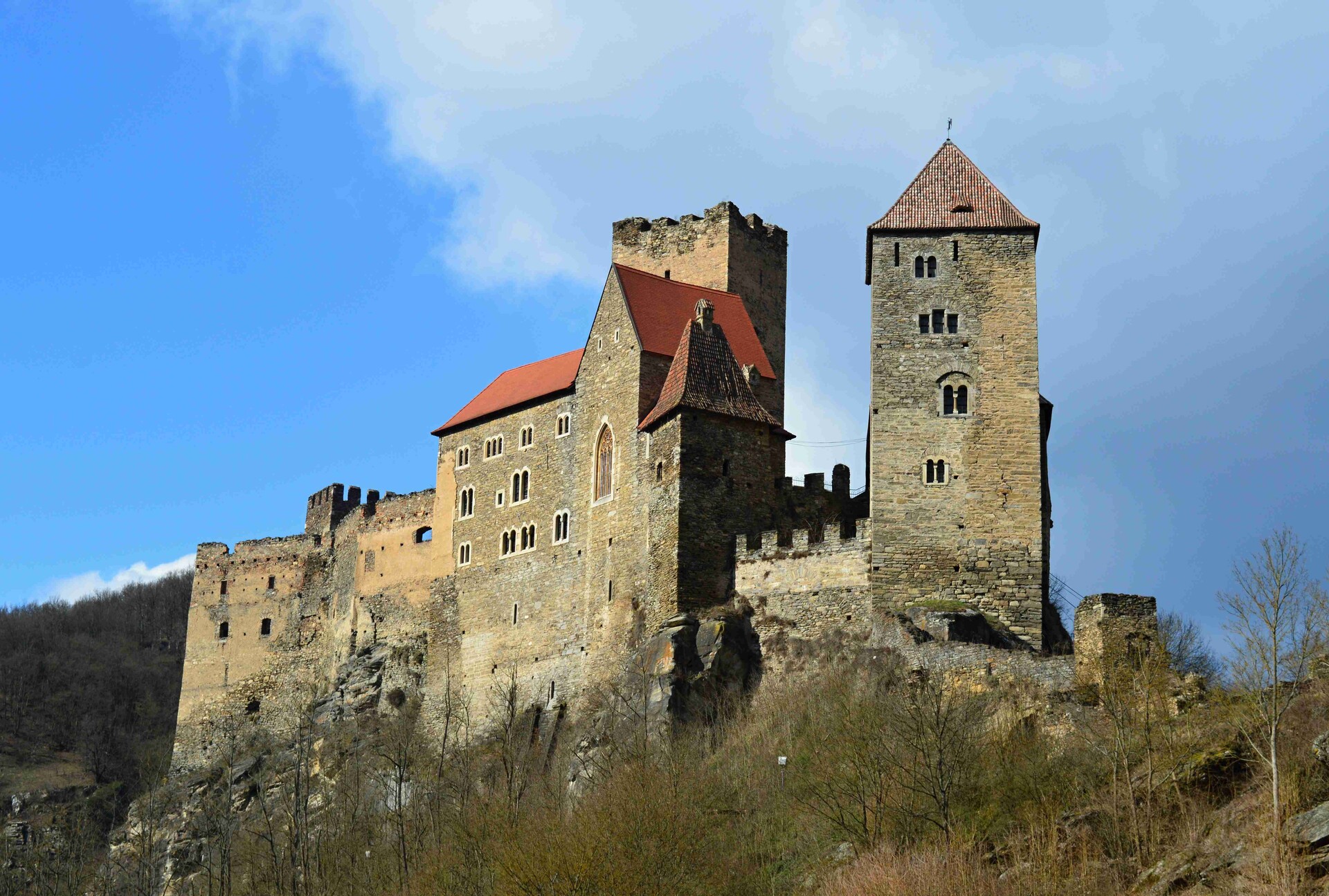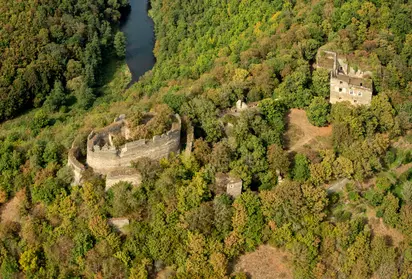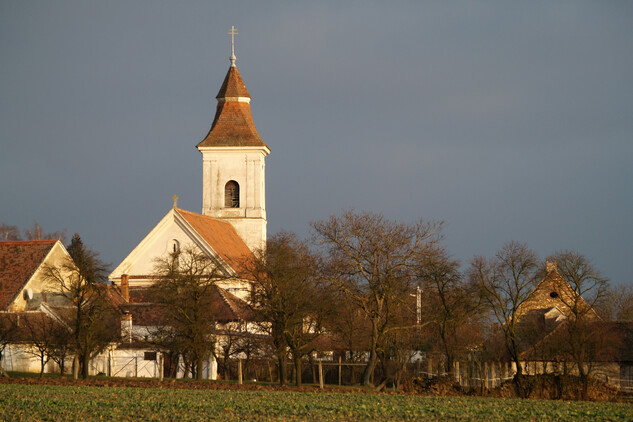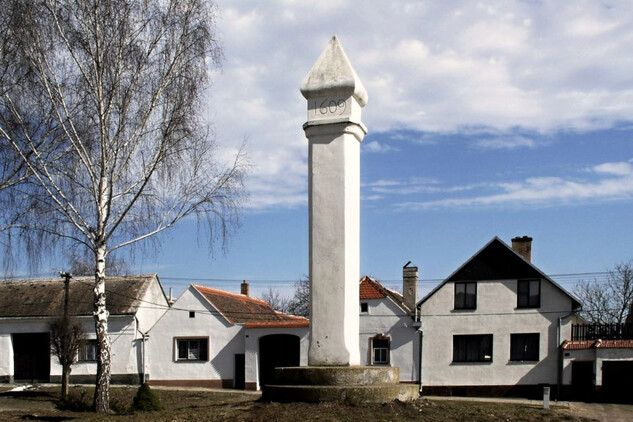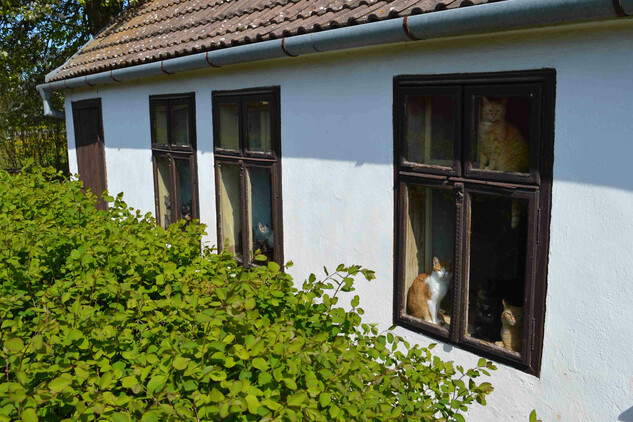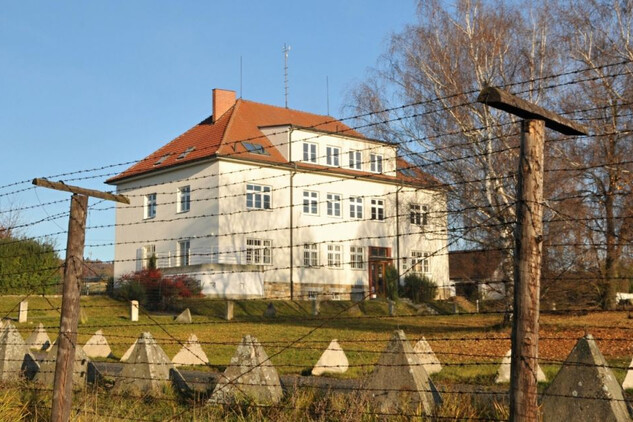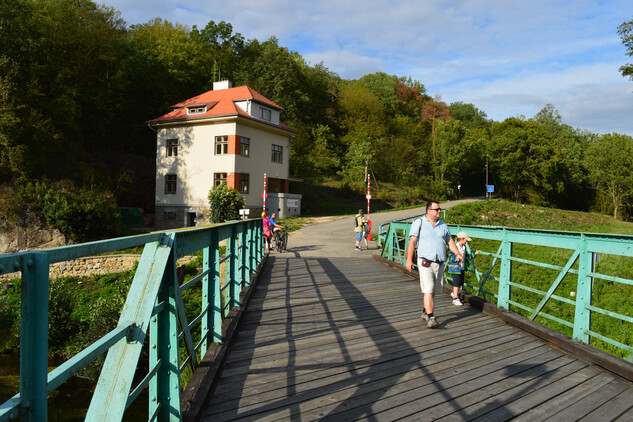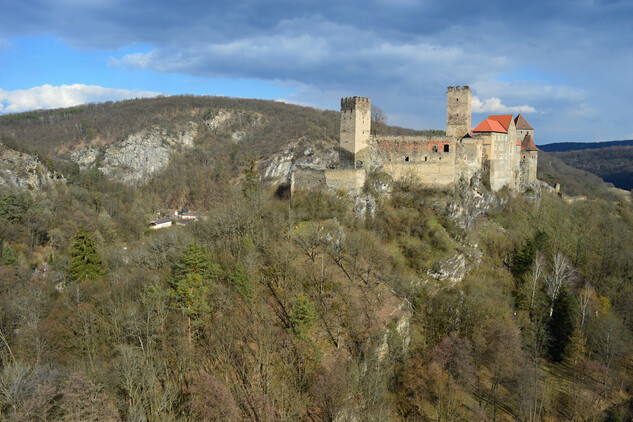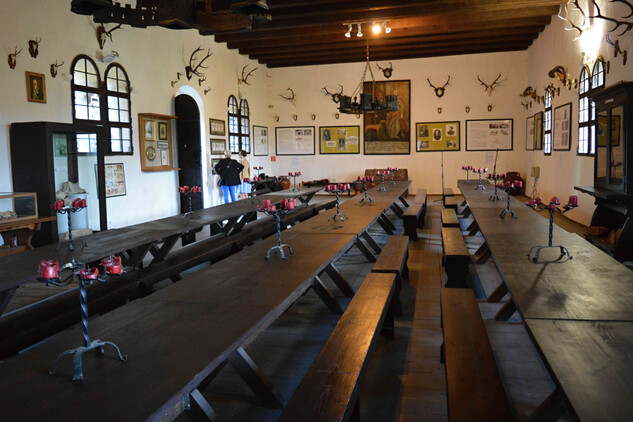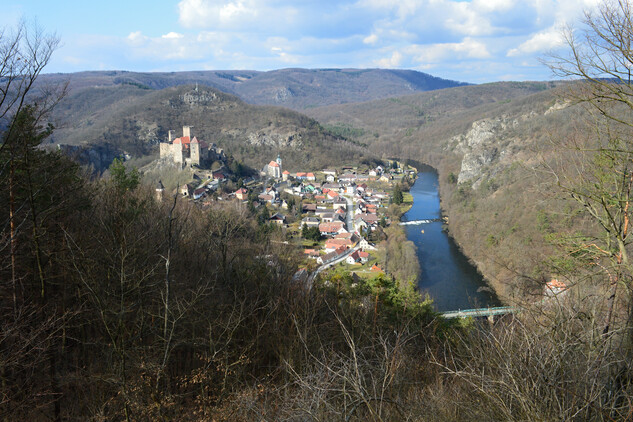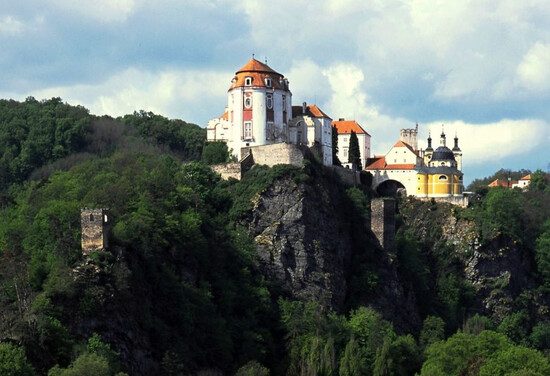From Nový Hrádek we set off on the green-marked tourist trail to the crossroads at Příčky. We turn left onto the red-marked route towards Lukov.
Lukov – the village, in the area of which the ruin of Nový Hrádek is situated, used to be the centre of a small dominion and an important medieval townlet. It even had its own court, which is still commemorated by the original pillory dating back to 1609. Other interesting historic buildings include the baroque church of St. Giles from mid 18th century.
In the village at the crossroads by the bus stop we take the route to the left and continue towards the forest. At the crossroads by the forest we turn right (the path that goes straight is for walkers and is not suitable for cyclists), we continue to the Čížovský Rybník valley and after that we take the asphalted road to the left, heading towards the village of Čížov.
Čížov, which lies some 9 km from Nový Hrádek, is a small village with partially preserved original rustic architecture and a baroque chapel of the Grieving Virgin Mary from 1756. At the edge of the village, visitor centre of the Podyjí National Park is situated with a permanent exhibition on the nature in the park, and an information office. Close to the visitor centre, part of the border wire obstacles – part of the ‘iron curtain’ – can still be seen. Čížov is an ideal starting point for entering both the national parks – Moravian Podyjí, and Austrian Thayatal.
From Čížov we continue on the blue-marked track across the Na Keplech crossroad, from where it drops on the asphalt road down to the valley to Hardegg. About 1 kilometre from the crossroads there is an insignificant turning to the right leading to the 400-metre distant Hardegg viewing point, with gorgeous views into the valley of the little town and its castle. After returning from the viewing point we continue on the asphalt road down to the River Dyje, around the former customs post and over the border bridge to Hardegg.
Hardegg, situated at the confluence of the river Thaya and the Fugnitz brook lies about 12 km from Nový Hrádek, and is the smallest town of Austria with less than one hundred permanent inhabitants. The townlet with its parish church of St. Vitus from the early 13th century is dominated by a castle built in the 12th and 13th centuries, and rebuilt in early 20th century. For several centuries this castle served to protect the old land boundary. After 1867 memorials to the executed Mexican emperor Maxmilian von Habsburg, brother of Franz Joseph I, were placed in the castle. A part of the exhibition consists of interesting collections of old Maya, Inca, and Aztec art. The castle is open daily in April, May, June, September, October, and in the first half of November from 9:00 AM to 5:00 PM, and in July and August from 9:00 AM to 6:00 PM. Hardegg is the starting point of tourist routes to the Thayatal National Park, and the park administration office is also situated there. A modern visitor centre can be found in the park office building.
